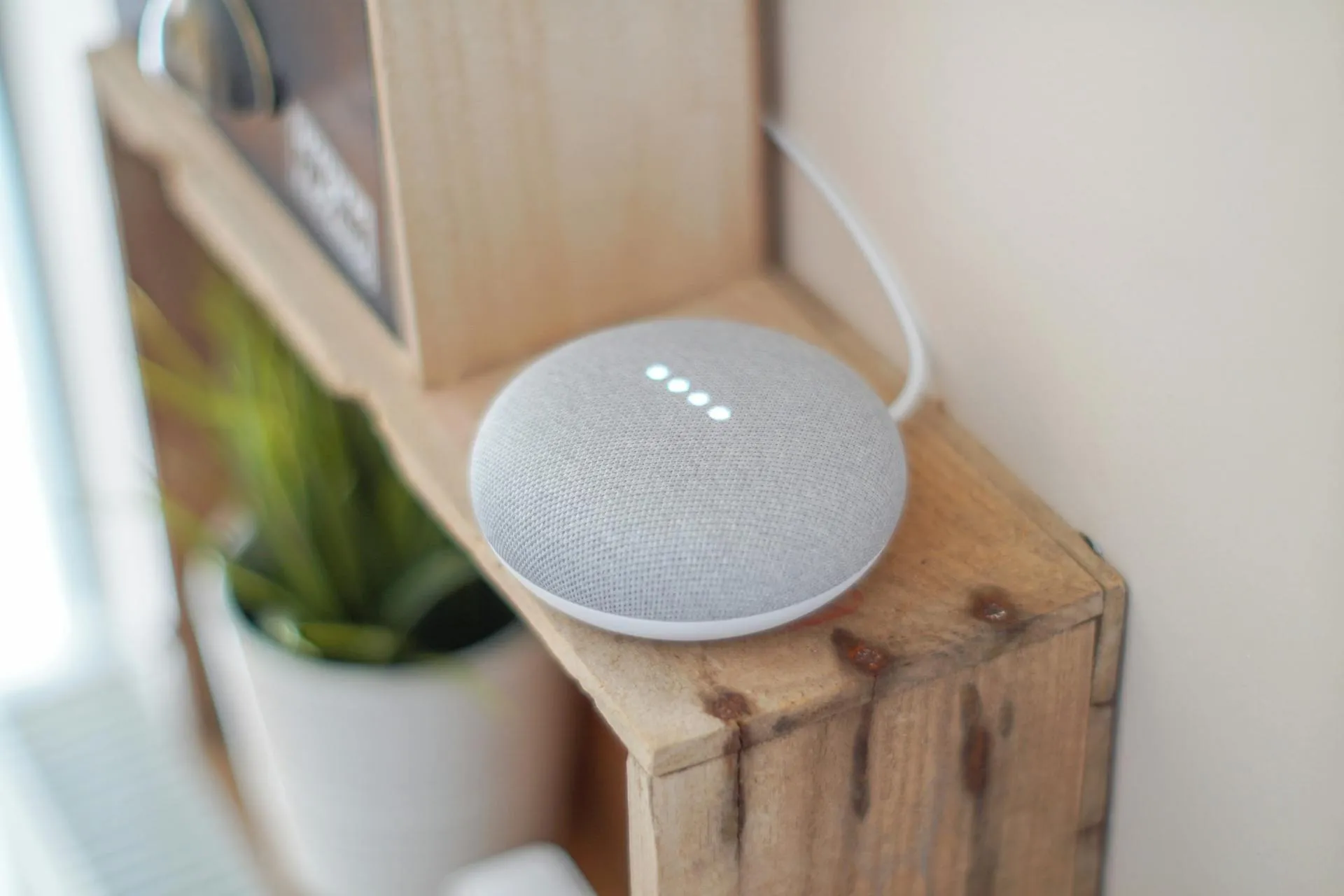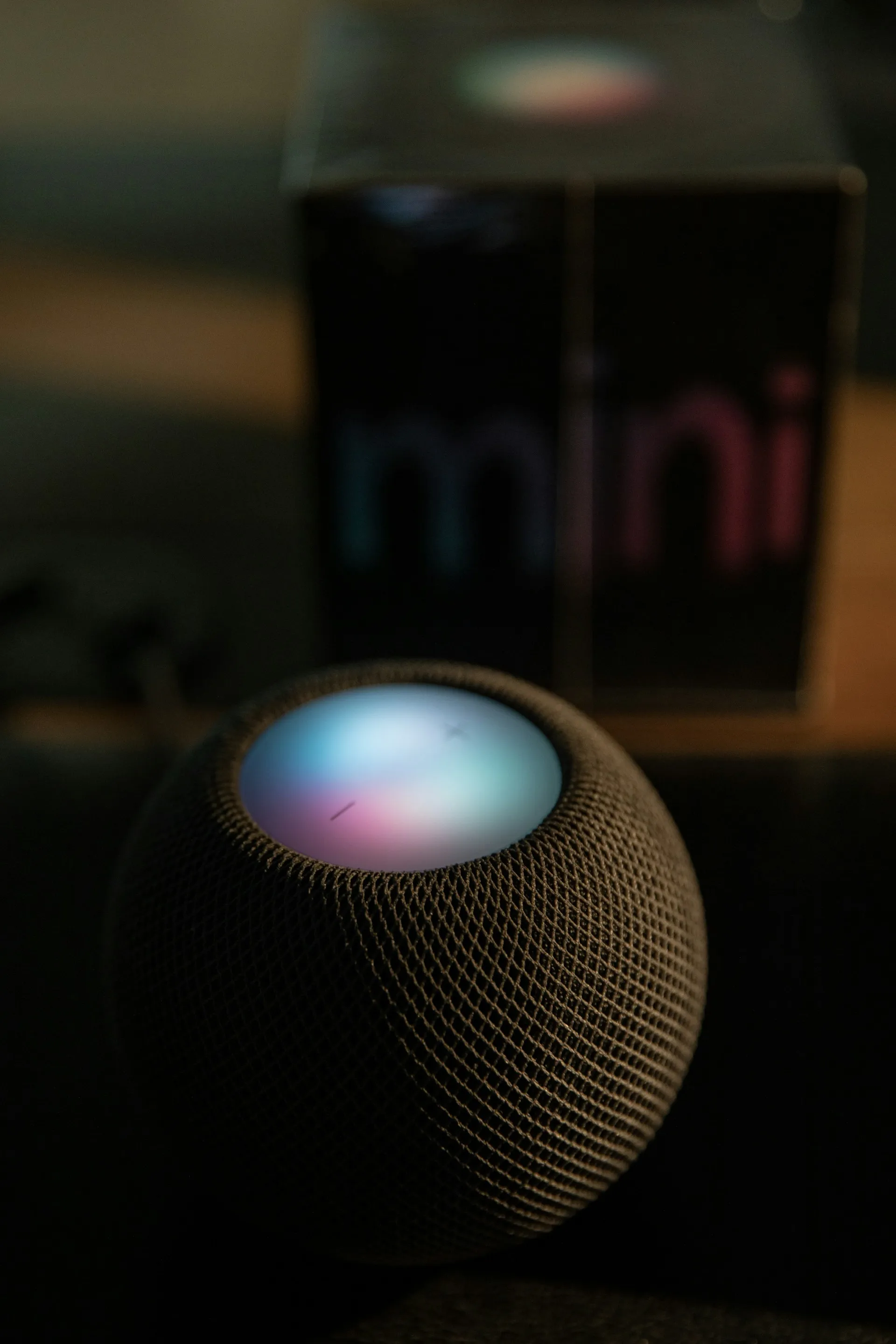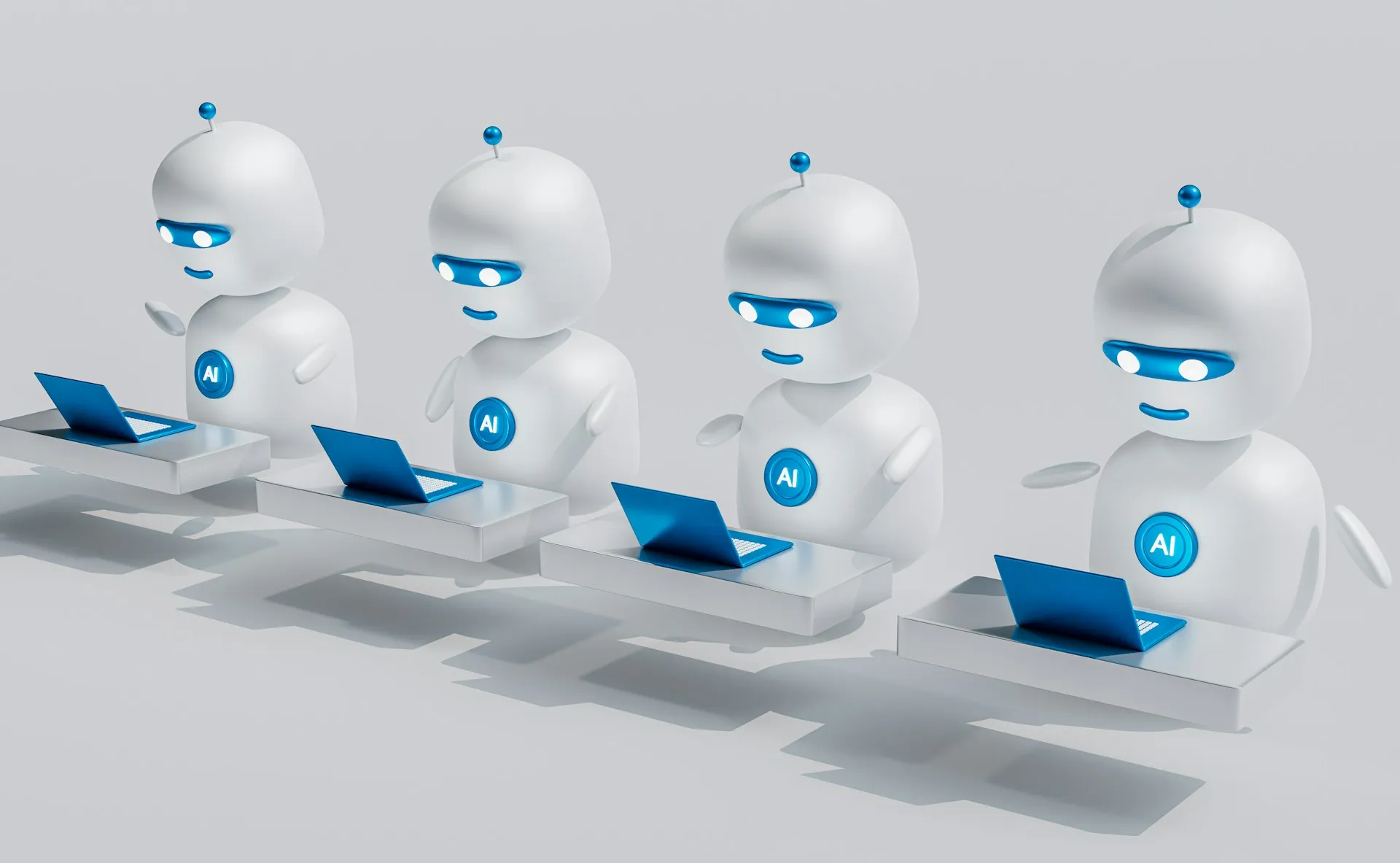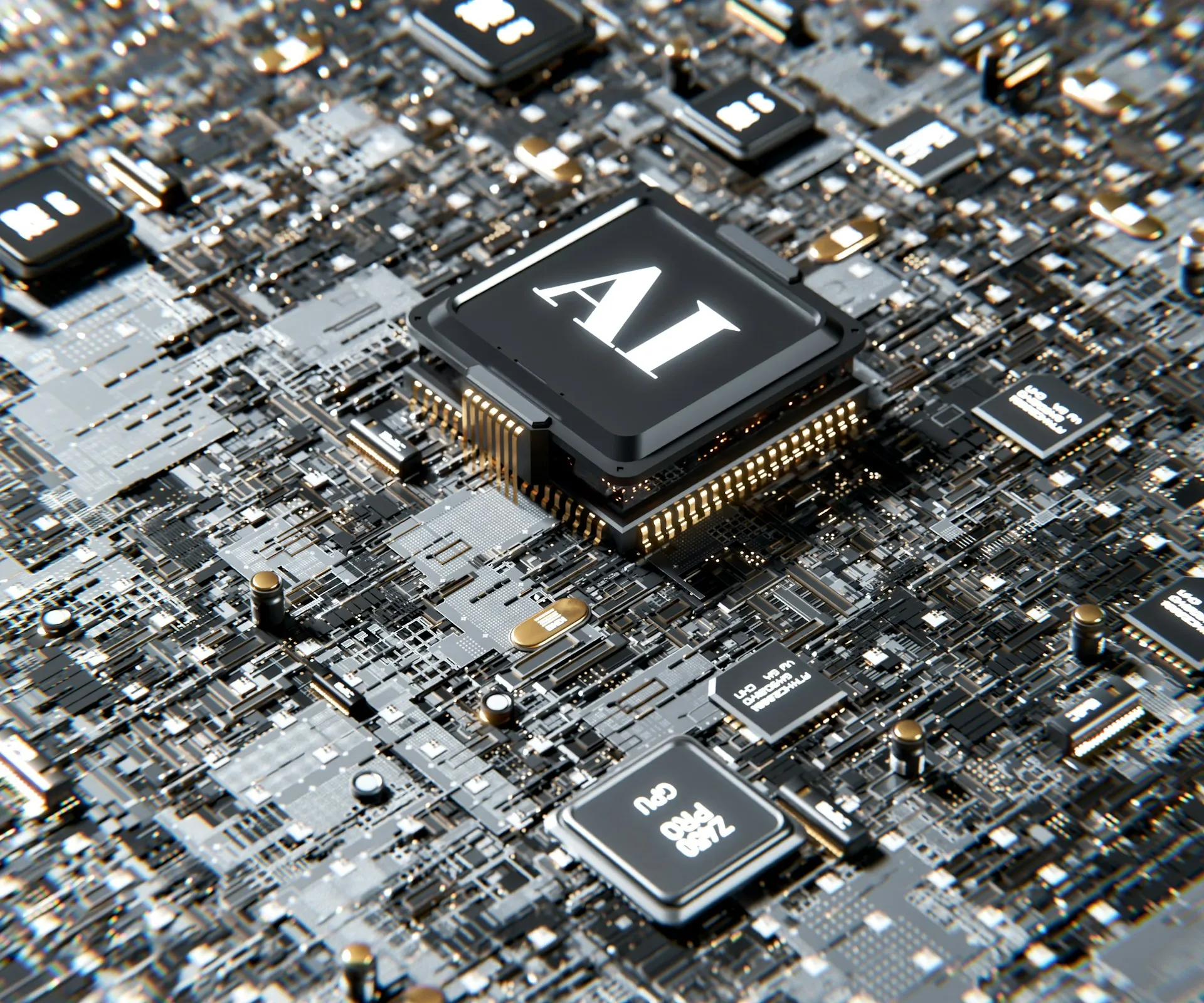In today’s digital era, chatbots and virtual assistants have emerged as powerful tools to enhance human-machine interaction. Although they are often confused, there are fundamental differences between them. In this article we will explore these differences, their evolution, uses and the technological improvements that have driven them. Recently these technologies have become extremely useful tools for retailers, as they serve as a first contact between the company and the customer.

Chatbots and Virtual Assistants: What is the Difference?
Chatbots
Are programs designed to interact with users through text or voice. They are typically used in messaging applications and websites to answer frequently asked questions, perform simple tasks and guide users through certain processes. Chatbots tend to be more limited in their capabilities, as they are programmed to handle a specific set of predefined questions and answers, and they operate within an established and delimited context.
Virtual Assistants
On the other hand, virtual assistants are more advanced artificial intelligence systems that can perform a wide range of tasks. These include managing calendars, controlling smart devices, searching for information on the web, and more. Virtual assistants, such as Siri, Alexa and Google Assistant, use natural language processing (NLP) and machine learning to understand and respond to user queries in a more sophisticated and contextual manner.

Evolution of Chatbots and Virtual Assistants
Chatbots
The evolution of chatbots began with early attempts to create programs that could carry on a basic conversation. The ELIZA chatbot, developed in the 1960s, is an early example of this. Over time, chatbots have evolved to become more interactive and capable of understanding a wider range of queries thanks to advances in NLP (Natural language processing) and deep learning.
Virtual Assistants
Virtual assistants have had a more recent but accelerated evolution. Siri, launched by Apple in 2011, was one of the first widely recognized virtual assistants. Since then, we have seen a proliferation of virtual assistants, such as Amazon’s Alexa and Google Assistant. These assistants have improved significantly in terms of comprehension and responsiveness, driven by advances in AI and NLP.

Uses of Chatbots and Virtual Assistants
Chatbots
- Customer Service: Chatbots are widely used in customer service to answer frequently asked questions, solve basic problems and redirect more complex queries to human agents.
- E-commerce: They help customers find products, place orders and track shipments.
- Education: Chatbots can assist in learning by providing answers to educational questions and guiding students through online courses.
- Reservations and Scheduling: Facilitate appointment booking and service scheduling.
Virtual Assistants
- Task Management: Helps to manage calendars, reminders and daily tasks.
- Smart Home Control: Can control smart devices, such as lights, thermostats and security systems.
- Information Search: They perform web searches and provide detailed answers to a variety of queries.
- Entertainment: They can play music, podcasts, audiobooks and more.

Technology improvements in Chatbots and Virtual Assistants
Advances in Natural Language Processing (NLP)
NLP has been crucial to improving the understanding and interaction of chatbots and virtual assistants. Advances in this area have enabled these systems to better understand context and respond more naturally and accurately.
Deep Learning and Neural Networks
The use of deep neural networks has enabled chatbots and virtual assistants to learn from large amounts of data and continuously improve their responses. This has led to more fluid and natural interactions.
Multi-Platform Integration
Both chatbots and virtual assistants now integrate with a variety of platforms and devices, allowing users to interact with them across smartphones, computers, smart home devices and more. This integration has greatly expanded their utility and accessibility.
Improved Personalization
Virtual assistants are becoming increasingly personalized, adapting to user preferences and habits. They use historical data and usage patterns to provide recommendations and perform tasks more efficiently that adapt to user behavior.
Security and Privacy
Improvements in security and privacy are critical to the mass adoption of chatbots and virtual assistants. Companies are implementing more robust security protocols and being more transparent about data usage to gain user trust.

Conclusion
In summary, chatbots and virtual assistants have advanced considerably in recent years, transforming the way we interact with technology. Chatbots, while more limited, are great for specific, repetitive tasks, while virtual assistants offer a wider range of functions and more natural interaction. With continued advances in AI, NLP and deep learning, both chatbots and virtual assistants will continue to evolve, providing ever-increasing benefits in various aspects of our daily lives.

